Trekking the inca trail for charity
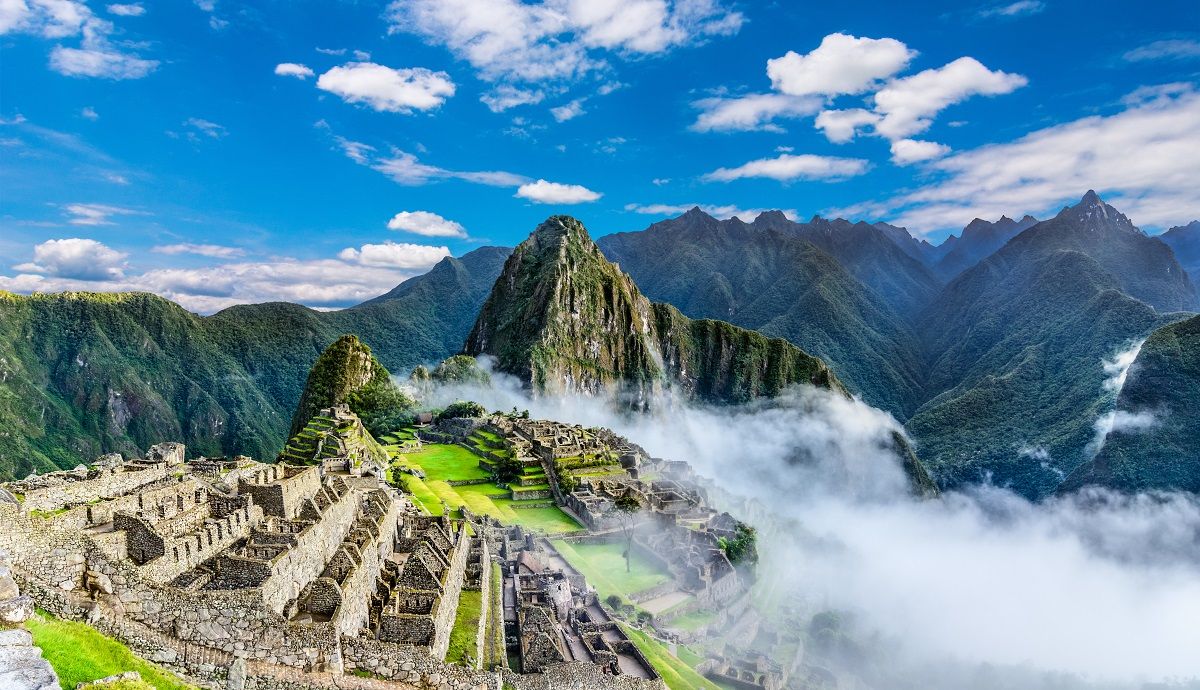
Meet Liz, who trekked the Inca Trail with Dream Challenges. Her inspiration came after witnessing her friend struggle with Multiple Sclerosis and the amazing support her friend had received from Dogs For Good, Liz wanted to give something back to the charity. And what better way to make a mighty impact than to raise funds and awareness on a Dream Challenge?
In this interview, Liz tells us all about her experience and reveals what participants can expect from this incredible Peruvian adventure. Read on to discover her challenge highlights, top trekking tips, insight into the local culture and more.
Had you done any dream challenges prior to the inca trail?
Yes. I had trekked from the Dead Sea to Petra in Jordan with Dream Challenges (then named Action for Charity) the year before I completed the Inca Trail. The organisation and support I received from them was second to none and so their website was the first (and last) place I went when I was ready to trek again!

What inspired you to trek the inca trail with us?
I have a friend the same age as me, who was diagnosed with Multiple Sclerosis and has an assistance dog trained by the Dogs For Good charity.
The difference her dog has made to her life is incredible and I wanted to raise funds for them as they are relatively small and don’t receive as much support as better-known charities.
Having taken on a Dream Challenge the year before, I knew it was a perfect way to raise a lot of funds and awareness, so I looked at the treks they had available and was fascinated by the Inca Trail Trek.
How did you prepare for the challenge?
I spent around ten months fitness training daily and doing longer and longer treks as the challenge approached. I made sure to have all the equipment suggested on the kit list and tried it all out beforehand. Comfortable, worn in, walking boots are an absolute must!
I also did lots and lots of fundraising. I organised many jumble sales, guided garden walks, made and sold fudge and candles at local street fairs and I also wrote to local businesses asking for donations to go towards my fundraising target.
How did you find peru as a trekking destination?
I had never been to South America at all. I absolutely loved Cusco, where we stayed a few days to acclimatise to the altitude before starting the Inca Trail. The history, culture and local architecture are fascinating.
The trek itself was difficult. The altitude and the many, many stone stairs, plus a couple of massive thunderstorms, all made for a challenging event.
However, it was very rewarding in so many ways. The scenery was absolutely spectacular, the local people so very friendly and helpful and the wildlife incredible.
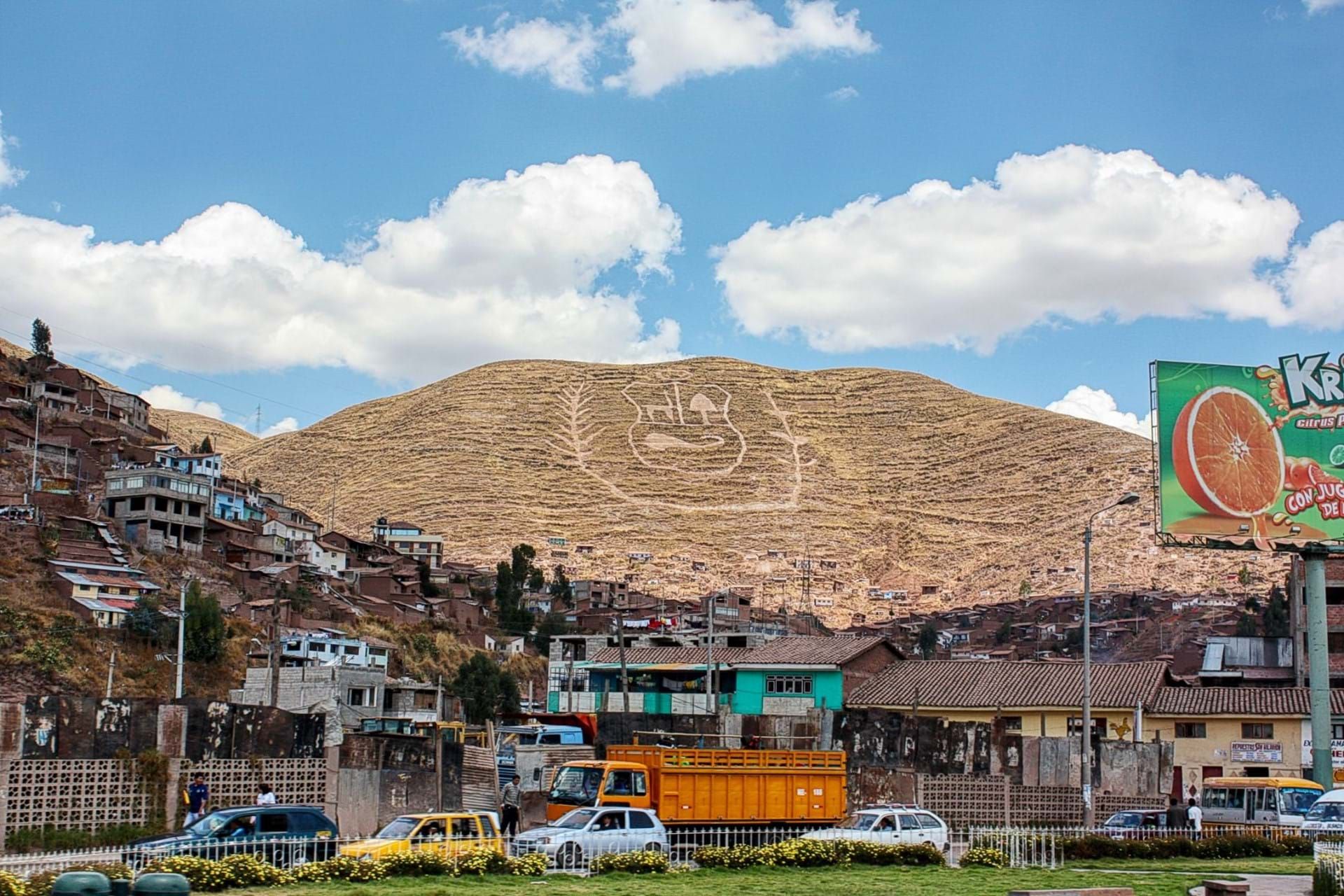
What three things did you find most striking about the local way of life?
• The clothing of the native Peruvians was beautiful. The women wear layers of bright skirts called polleras. Some wear black skirts with a wide, embroidered belt or cotton petticoats underneath with elaborate designs. Woollen hats and ponchos are also very striking to look at. The children are keen to pose for photographs for a small fee, often with their llamas.
• The music was a blend of wind instruments and drums along with Spanish stringed instruments. It was common for us to be entertained by musicians whilst we ate on the few nights we stayed in hotels rather than camping.
• The architecture was breath-taking, both the ancient at Machu Picchu and the modern in Lima and Cusco. It was a very interesting part of the whole trip and Dream Challenges organised tours so we could learn about the architecture and the culture of the area whilst we acclimatised to the altitude.
What would you say were the highlights of the challenge?
It is difficult to say exactly what the highlights were as the whole trip was amazing! The sense of achievement as we reached the end of the trek was incredible. To know that you had personally overcome the ups and downs of a strenuous trek along with the rest of the group gave me a huge sense of pride, but also the feeling that what we were all doing with our fundraising was making a big difference to other people’s lives was just brilliant.
I made friends for life on this trek too. We all still keep in touch and we share memories that will never fade.
As far as the trek itself goes, there was one crowning moment for me and that was at the end of an incredibly demanding day. The terrain had been tough and the weather had been very wet the skies suddenly cleared and a magnificent rainbow appeared over the Andes. It was a very special moment I will remember for ever.
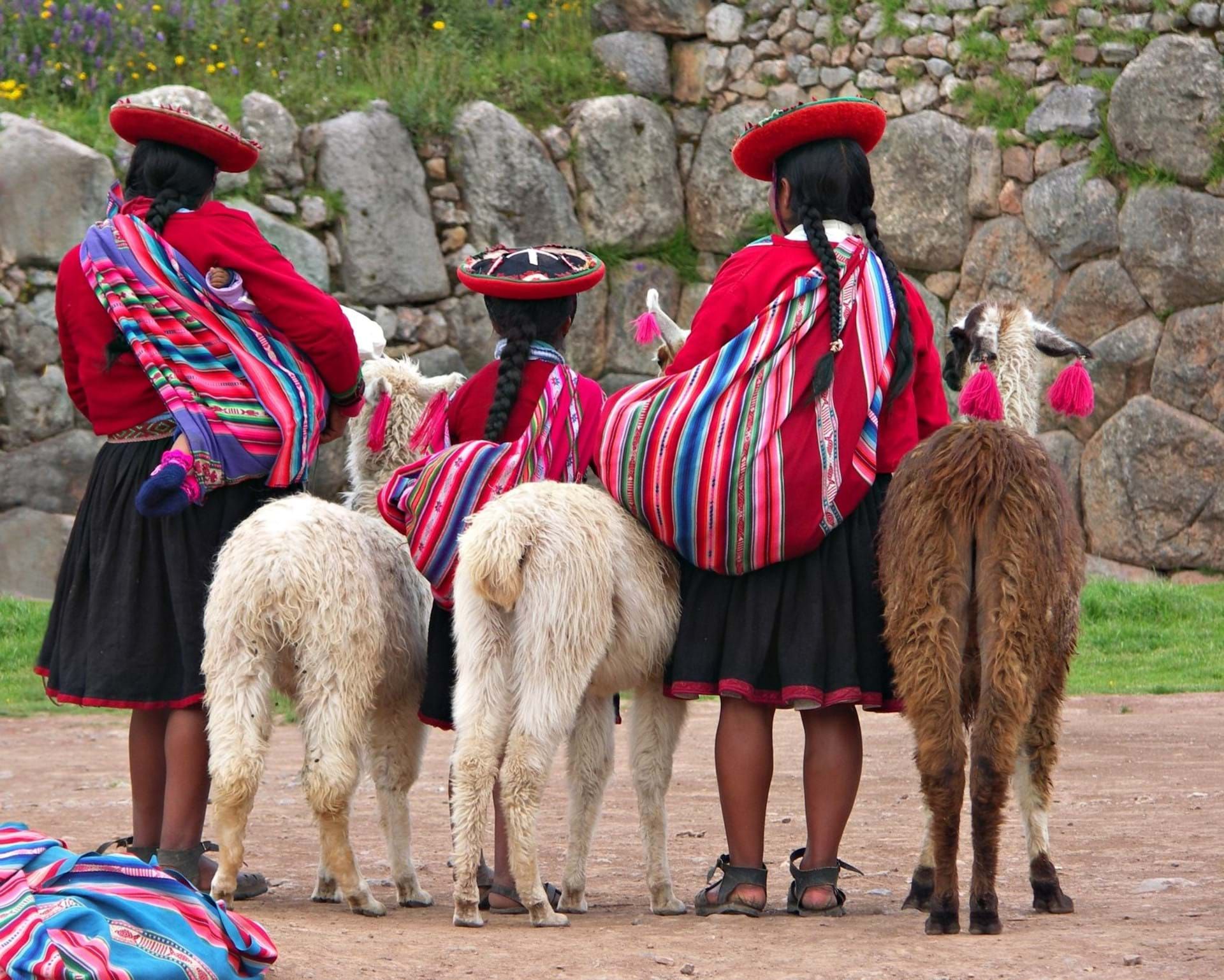
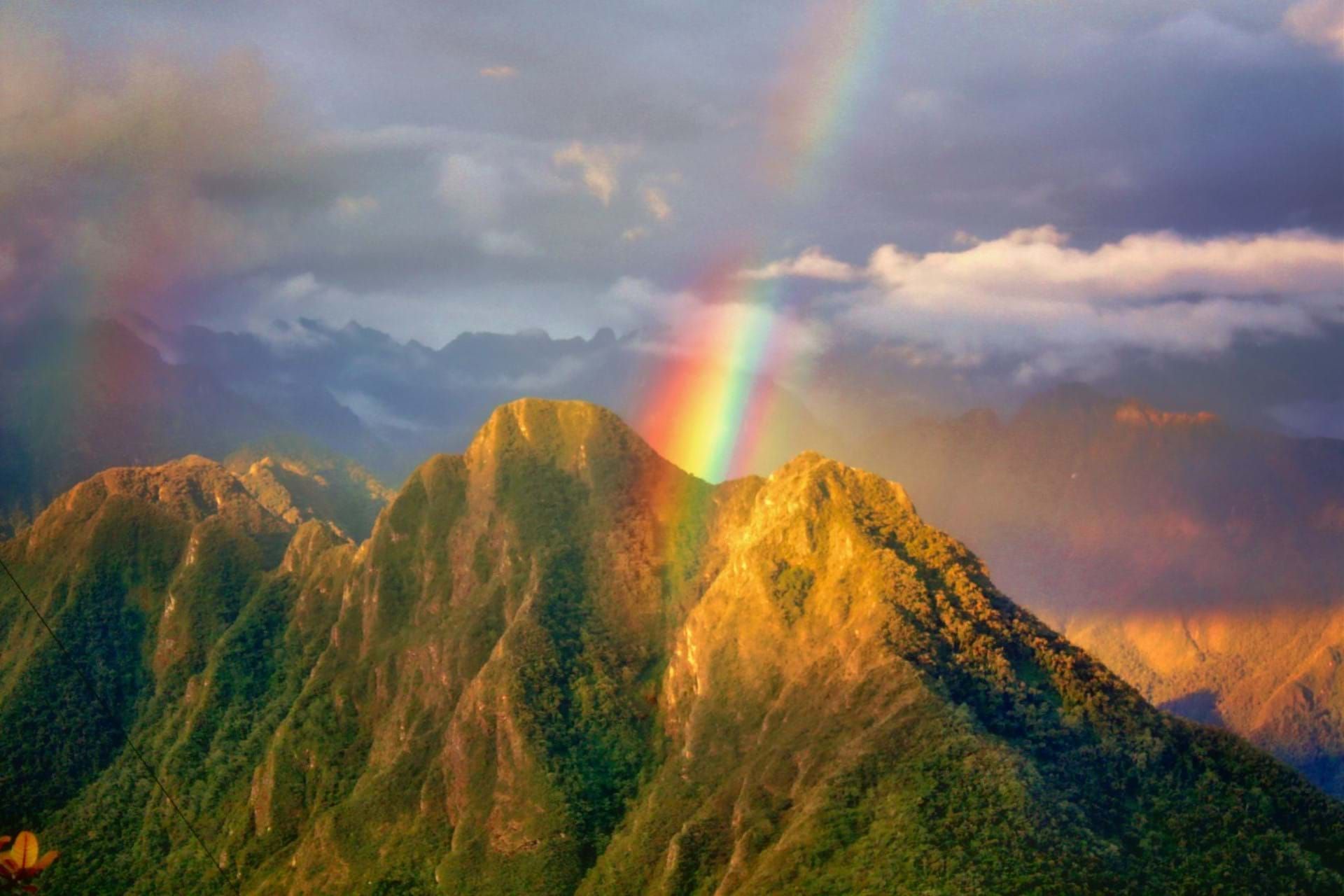
What was the food like?
A very important part of travelling somewhere far away from home, for me, is to immerse yourself in the local culture as much as you possibly can and that includes sampling the local delicacies.
I ate a lot of fish and sweet potatoes in Peru, but also tried food I would never have had the chance to try in the UK. My favourite was alpaca stroganoff! I do admit to drawing the line at guinea pig though, which is Peru’s national dish. Some of our group tried it. I don’t think they were too impressed by it!
Did you learn any key phrases in the local language that you can share?
I picked up a few words and phrases from our local guides in the Quechua language. Allianchu (pronounced eye-ee-anch-oo) is how they say ‘hello, how’re you?’ I also learned sulpayki (pronounced sool-pay-key), which means thank you.
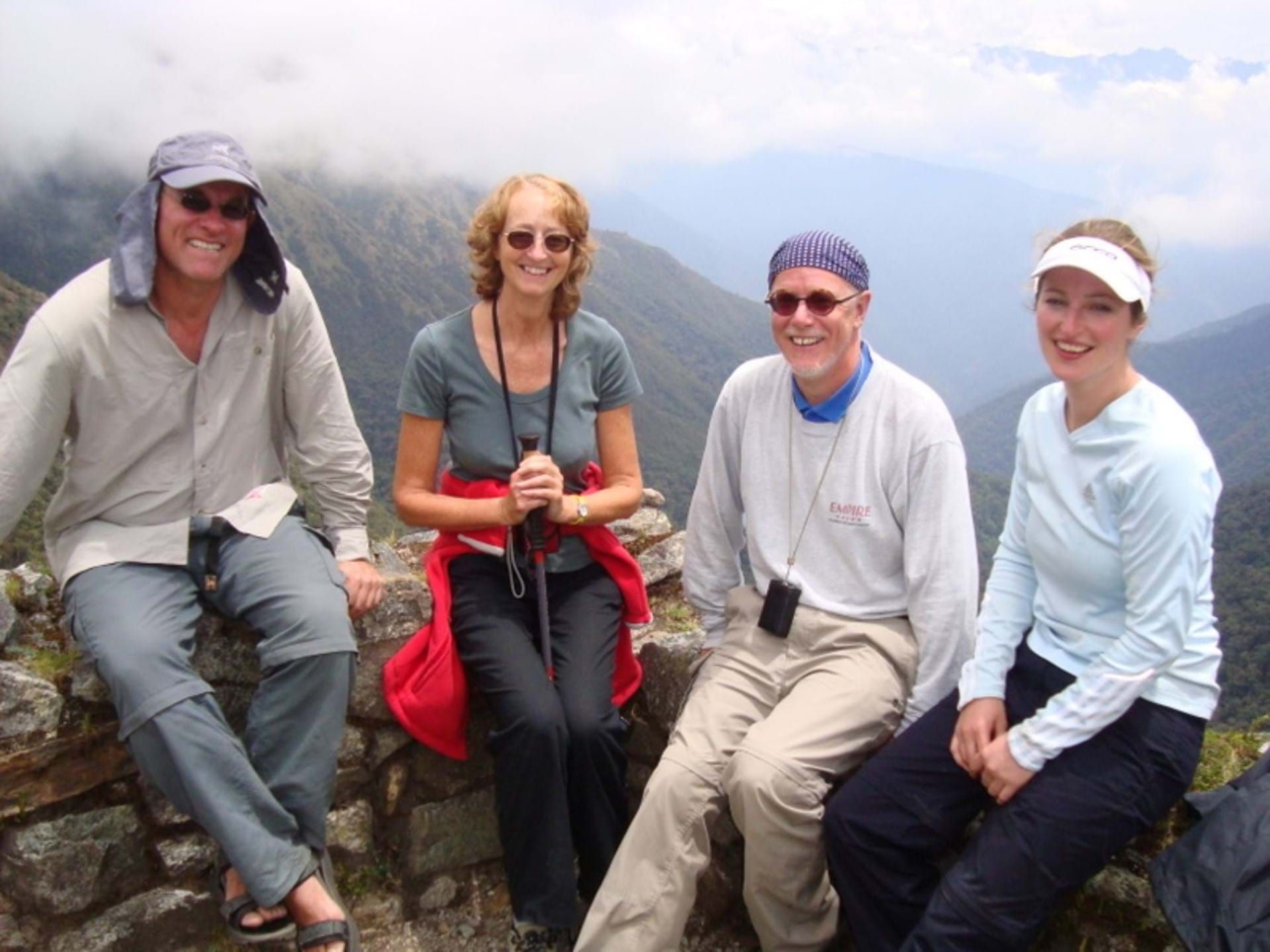
What would you say is the most challenging part of the hike?
Coping with the altitude itself is a big challenge. The few days we had to acclimatise were definitely needed and I did feel very sick for a while. However, once I was used to it, I had never felt healthier. I never wanted to come back down to the thicker air of the lowlands!
The hardest day on the actual trek was the day we conquered Dead Woman’s Pass. It is the highest point on the trek and is a real energy-sapping slog up a hill. However, it is a massive psychological and physical milestone to reach. You know once you reach that Pass that the hardest part is behind you!
How did you celebrate after completing the challenge (both in peru and when you got home)?
At the end of the trek, we had a group celebration dinner, followed by dancing. It was a wonderful moment when we were all showered and clean and basking in the pride of finally completing the event after so long building up to it!
Two of our group even organised a fun, mini awards ceremony, giving out prizes for the bravest trekker, the person with the most blisters, the person with the leakiest boots etc.
When I got home I celebrated by signing up to do a skydive for the same charity!
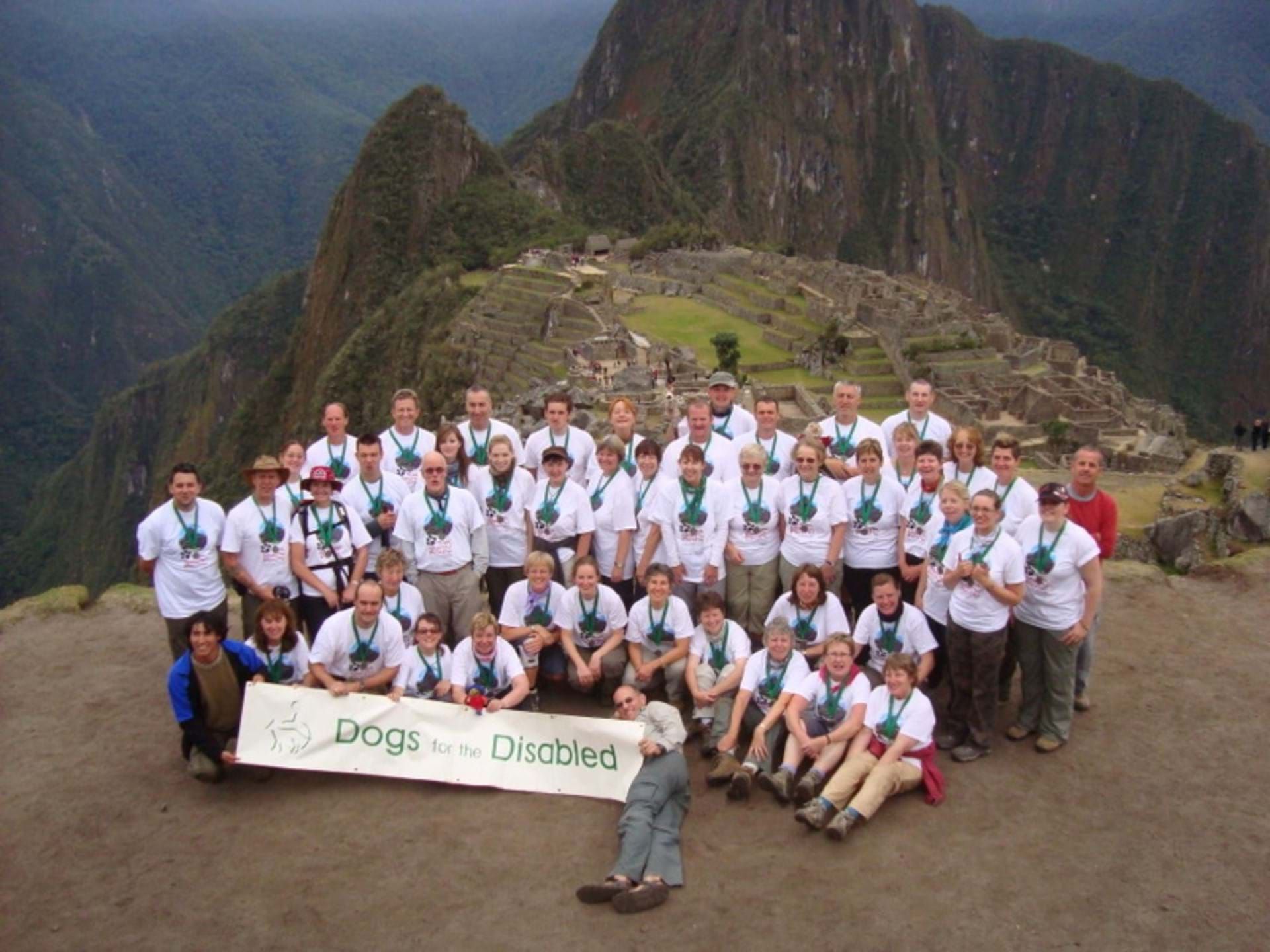
Do you have any top tips for people thinking of taking on the trek?
• Train lots before you go.
• Make sure you have energy bars and a good hydration system. I used a CamelBak water bladder.
• Wear your boots in before you go and take a knee support just in case you find you need it (there are a lot of stone steps!)
• And don’t forget a camera.
Charity challenges
Get the dream challenges email newsletters
Be the first to know when we launch exciting new challenges and hear more about each of the awesome adventures you can join and sign up to our mailing list!
We’ll send you all sorts of fun stuff, including interviews with our local agents, top tips, case studies, videos and more – view our privacy policy for details.


